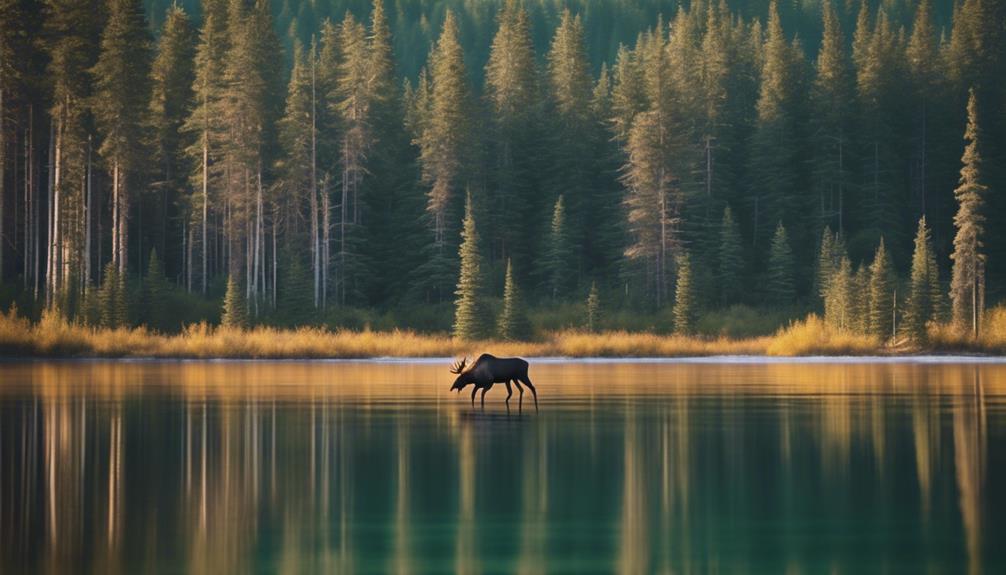
Sneak a peek into the secret world of moose diving depths and discover the surprising capabilities of these majestic creatures.

Sneak a peek into the secret world of moose diving depths and discover the surprising capabilities of these majestic creatures.

As you step into the vast wilderness, the crisp air filling your lungs, the towering trees whispering secrets, and the distant call of wildlife echoing in your ears, you can’t help but wonder: are moose dangerous to you? While these majestic creatures may appear gentle and serene, venturing into their territory comes with its own set of risks.

Welcome to our scientific exploration of the key differences between moose poop and elk poop. In this article, we will provide a detailed analysis of the appearance, shape, size, color, consistency, and content of these ungulate droppings. By understanding these distinctive characteristics, you will gain the knowledge required to confidently identify the scat left behind by these magnificent animals.

A brief overview of moose and their physical abilities Moose are large, majestic animals that belong to the deer family. They are primarily found in forested areas in North America, Europe, and Asia. Moose are known for their impressive size and weight, with males (bulls) weighing up to 1,500 pounds and standing up to 6.5 feet tall at the shoulder.

Moose, also known as elk in Europe, are large members of the deer family. Here’s some information about them: Physical Characteristics: Moose have long legs and a hump on their shoulders, which is made up of muscles used for digging through snow in the winter. They also have broad, flattened antlers that are shed and regrown each year.